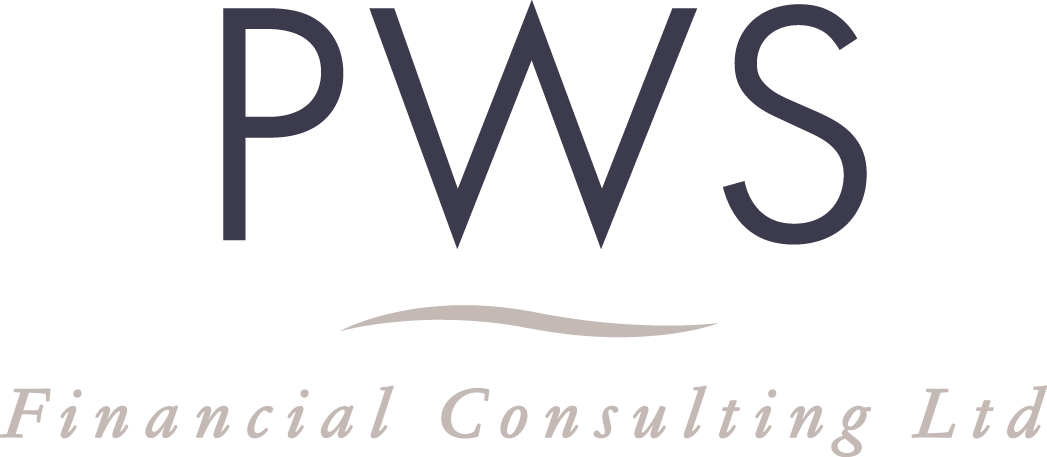Everything that goes into growing the money in an investment plan or pension involves time and money. You should expect to pay a reasonable level of charges.
These charges do reduce growth. Let us use an example where the underlying investments within a plan grew by 5% before charges. If charges were 1%, they would reduce the growth to 4%. If charges were 2%, they would reduce the growth to 3% and so on. The effect of this can be significant over time so having a prudent level of costs is key.
What types of charges are there?
The first type of charge is Adviser payments.
Like any other regulated advice business, we inform all clients of our fees, both verbally and in writing, before they put anything in place. This may include a one-off fee for our one-time advice service which consists of:
- Various meetings.
- Gathering information from you, the providers of your plans, and your professional advisers.
- Extensive analysis.
- Help with putting these recommendations in place efficiently.
It may also include an ongoing regular fee for our continuing advice service, which consists of:
- Continuous monitoring of the suitability of your portfolios and implementation of any agreed changes.
- Annual meetings with your Financial Planner, where we will review the planning in place and ensure it continues to be suitable for you.
- Access to your financial planner via email and telephone.
The second type of charge is product charges.
This covers the cost of administering the plans you have in place. This may include an initial set-up charge, an annual charge, or other quarterly charges. Different providers charge different amounts. Part of our job is to select the one which gives you fair value for the charges you pay.
The third type of charge is fund management charges
These charges relate to the cost of having your money managed by a fund manager. The Ongoing Charges Figure (OCF) is an industry-standard way of measuring the annual cost of investing in a fund. It gives a snapshot of how much it will cost to invest in the fund annually. It is based on the last financial year’s expenses and may vary from year to year.
The OCF includes most of the charges incurred by the fund including management charges, registration fees, custody fees and distribution cost but excludes any One-Off Charges (e.g. entry, exit or switching charges) or Incidental Costs (e.g. performance fees).
Lastly, there are fund dealing costs
These are the costs associated with buying and selling the securities within the fund. These include easily identifiable costs such as those charged to and paid directly by the fund to buy and sell financial instruments. They also include hard to identify costs such as transaction costs embedded in the bid-offer spread and the response of the market to a trade or the timing of a trade (market impact, opportunity cost, delay costs).





